History of television development over 100 years
At the beginning of the 20th century, it was figured out how to use radio waves to show an image and transmit a television program. The production of televisions began; let’s look at how designers and engineers have improved television receivers from the inception of television to the present day. Let’s look at the evolution of television. Let’s also take a brief look at the history of televisions.
The beginning of the television era, 1920.
When the idea of transmitting images using radio waves was invented, engineers began inventing prototypes of televisions, then television production began. And you can see how designers and engineers have perfected televisions from their invention to today.
The Octagon TV, the first TV in the United States
In the United States, television production began in 1928 with a mechanical model television from General Electric called the Octagon, the receiver was not for sale and was more of a prototype than a household item. The Octagon, a mechanical model television, was the first television set that could show an image. About ten experimental televisions were produced. Five original models have survived, four in museums and one in a private collection. Whether this is true has yet to be discovered. But one example of a television set can be seen at the Museum of Innovation and Science https://www.misci.org.
Location
15 Museum Drive
Schenectady, New York 12308
In Great Britain, the mechanical TV was also developed in 1928 and was called the “Baird Model “C”. This TV was also a prototype; about 20 TVs were produced. Another modification of the TV was produced in 1929 under the name “Noah’s Ark.”
Similar TV sets were made in France in 1929 and the USSR in 1934. France was engaged in developing such TV sets as the UK and the USA. The USSR tried to create a copy of a TV set developed earlier in other countries.
TVs in the 1930s
In the mid-1930s, electronic televisions were developed; they had a small screen. The screen was an electron-beam tube. Radio tubes were used in their circuits. Because the cathode ray tubes were small, magnifying lenses were used to enlarge the image. In the mid-1930s, there was a move away from the development of mechanical televisions, and development continued toward electronic televisions. These televisions were produced in the United States, Britain, Germany, France, and the Soviet Union. In the USSR, they were produced under license from the American company RCA. It should be noted that at that time, television was developing and was only available in big cities.
TVs in 1940-1945
1940-1945 During World War II, the industry switched to military equipment development, and television receivers’ development was suspended.
As you know, war significantly develops military technology, which is translated into the consumer sector. Thus the developments in electronics were further developed in televisions.
After the war, Europe was busy rebuilding destroyed cities and factories after the war, so only the U.S. and Britain developed and produced televisions.
As for televisions themselves, the industry learned to produce large electron-beam tubes, and the size of radio tubes was reduced. Hence televisions became smaller and electronic components took up much less space.
TVs from 1950-1960
In the 1950s and 1960s, television sets with screens of 7-10 inches began to be produced, and the principle of transmitting a color television signal was developed; in the United States began to produce color TV sets, TV sets were equipped with remote control (a cable was connected to the remote control). Video transmission technology became available to all countries. Countries already producing television receivers, such as the U.S., Britain, France, and the USSR, were joined by others. Brazil, Canada, Czechoslovakia, and Italy also began to produce televisions. Japan also produced its first Sharp televisions.
TVs of 1960-1970s
1960-1970 Televisions improved; while originally televisions used electronic tubes, the electronics in televisions were replaced by transistors after the invention of semiconductors. The screens got bigger – a 16- to 21-inch screen became the norm for television and 25-inch screens appeared. This period can be called the mass production of televisions. Millions of televisions were produced during this period. Many countries and companies bought television production technology. Television became available to most families, and the television demand was enormous. In 1968-1969, South Korea began negotiations to open a factory in the country and transfer television production technology to a Korean company. The company that received the television production technology was called Samsung. There were dozens of companies that produced televisions.
TVs 1970-1980
1970-1980 During this period, the production of black and white televisions gradually ceased, and the industry switched to color televisions. Black and white televisions were still produced, but their production gradually declined. The attention of manufacturers was not only on the technical side but also on the design of televisions. Televisions were produced on stands. Attention was paid to the design and color of the body. Technically the TVs were also improved: the channels were switched by pressing a button, not by the channel selector. Almost every family already had a TV.
TVs 1980-1990
1980-1990 TVs mostly stayed the same; manufacturers experimented with design and produced portable TVs. On the technical side, there was a transition from semiconductors to microchips. TV housings began to be made of plastic. This was when most customers were replacing old black-and-white televisions with color televisions. Companies began to globalize; some were leaving this segment, others were entering global markets, and everyone had heard of TV brands like Sony, Panasonic, Sharp, Thompson, Grundig, Nokia, and Philips.
TVs of 1990-2000
1990-2000 The number of TV manufacturers is declining, influenced by the decline in consumer demand and the saturation of the TV market. Television bodies are starting to be made entirely of plastic. Complete control only by remote control, thanks to advanced technology (Slim), the electronic beam tubes become shorter, and pseudo-flat screens are developed. Flat panel TVs made with plasma technology are developed. In 1992, the Japanese company Fujitsu developed the first color plasma panel with a diagonal of 21 inches (53 cm). Mass production of plasma TVs began in 1995. The plasma TV was different in size, and in that, it was flat compared to CRT TV. Plasma TVs were 32 to 40 inches in size and seemed huge compared to kinescope TVs. Hence the common name for any flat-screen TV is plasma. The development of LCD televisions began. The beginning of the production of LCD TVs slowed down the quality of the panels, namely the high response time, which made them uncompetitive compared to plasma. LCD panels were installed in laptops but were still not used in televisions.
TVs 2000-2010
2000-2010, by the end of the decade, the production of CRT televisions had been discontinued. The era of CRT TVs was over. A new era of flat-screen televisions had dawned. As many joked then, “How can my cat sleep on a new TV? The leading manufacturers of televisions were made with LCD or plasma technology. The picture quality on LCD TVs became comparable to that of plasma TVs. Chinese TV manufacturers began to enter the market. Coming to the store, the buyer chose between plasma or LCD TV. During this period, the replacement of kinescope televisions with flat screens began. A new type of screen, OLED, was being developed. Sony 2008 released the first OLED TVXEL-1, which failed because of the small screen size and high cost of 2500$.
TVs 2010-2020
2010-2020 production of plasma TVs was discontinued, Samsung discontinued in 2013, and the last significant manufacturer, Panasonic, discontinued plasma production in 2014. Chinese manufacturers a little later. LED TVs are improving; the screen’s backlighting is not made by lamps but by LEDs. Televisions turned into computers that can access the Internet and integrate into the home computer network. In the middle of the decade, televisions with backlit screens by bulbs were discontinued.
This period was also marked by tremendous competition in television production. Chinese companies entered the market with cheap televisions creating pressure on the market. In 2013, Philips sold its TV business to China’s TPV, leasing the brand. Sharp also stopped selling TVs by selling its factories and is now licensing its brand. Other companies also use Grundig, Toshiba, and Thomson brands.
A little about the screen resolution: in 2010, mostly HD and Full HD TVs were produced. In 2015 more than half of the TVs had UHD resolution, and by 2019 about 90% of the TVs produced had UHD resolution.
Experiments with 3D In 2012-2016, mass production of TVs with support for three-dimensional images began. But this technology proved unclaimed, and by 2017, 3D TV production was discontinued.
At the end of the decade, 8K resolution televisions were released. Technical capabilities continue to improve, and support for HDR (the ability to control image quality down to a specific frame) has been implemented, but content with HDR metadata is needed.
OLED technology: In 2013, Samsung introduced its first OLED TV. It failed because of the poor quality of the display, OLED technology is not yet perfect.. Samsung stopped working with large OLED screens for nine years. Samsung focused on developing QLED TVs. These are TVs whose screens are made of modern materials and have high picture quality, but they are LED TVs. At the same time, in 2017, LG released its OLED TV, which was successful, and this series of TVs are produced now.
TVs 2020-2023
Televisions have now reached the point of perfection. The TV market is filled with Chinese TVs, Hisense, TLC, and dozens of brands that do not have their factories but order the production of TVs under their brand from other companies. For example, in the U.S., it is Vizio, Amazon Fire TV, and in the UK, Finlux.
Samsung developed its OLED screen for TVs in 2021 and entered the OLED TV market again. The leaders in the TV market are the Korean companies Samsung and LG. Japan’s Sony and Panasonic have lost market share but still produce TVs.


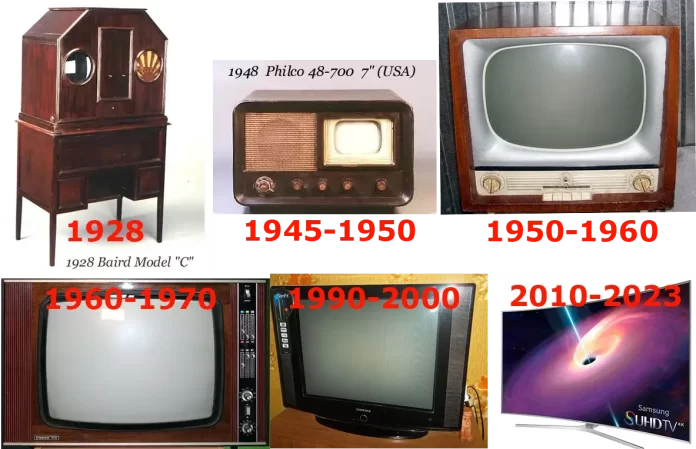


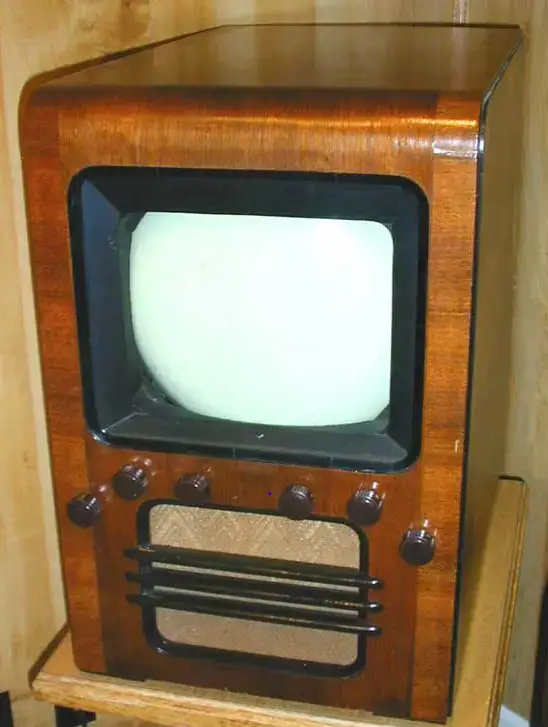
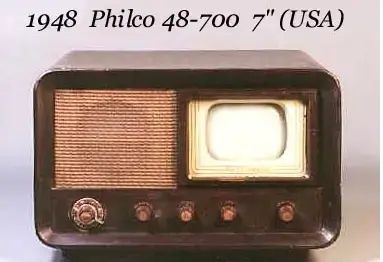
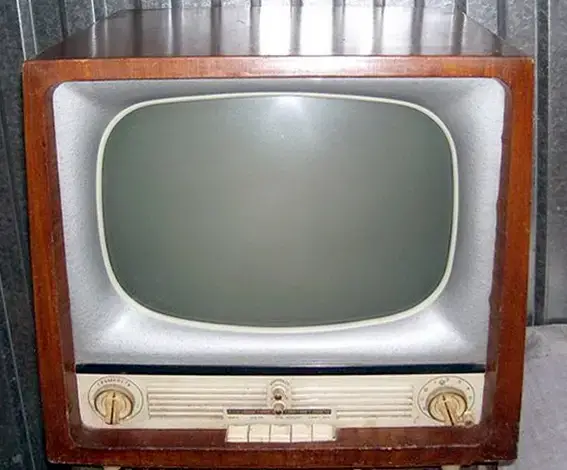
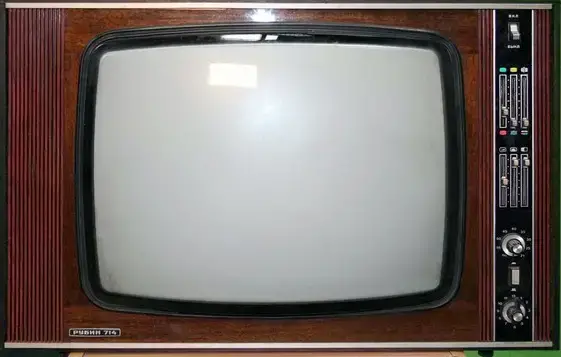
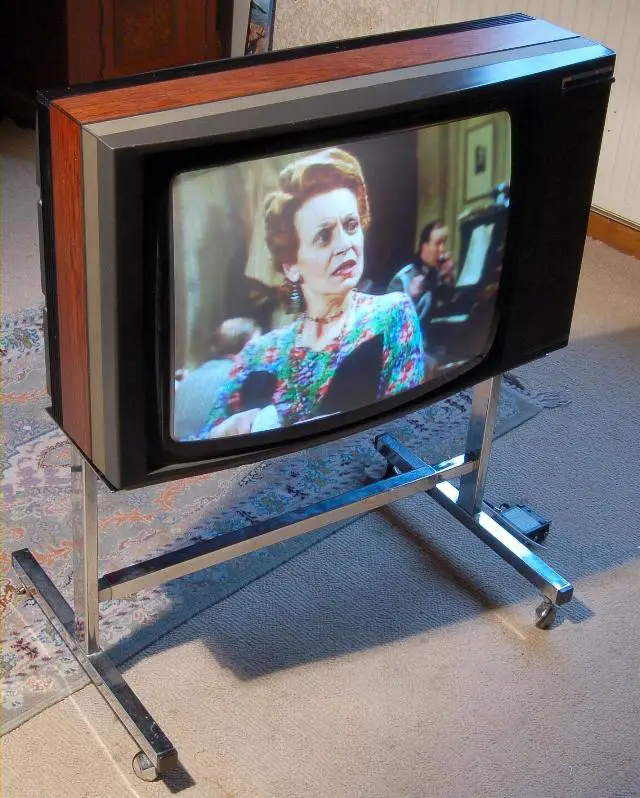

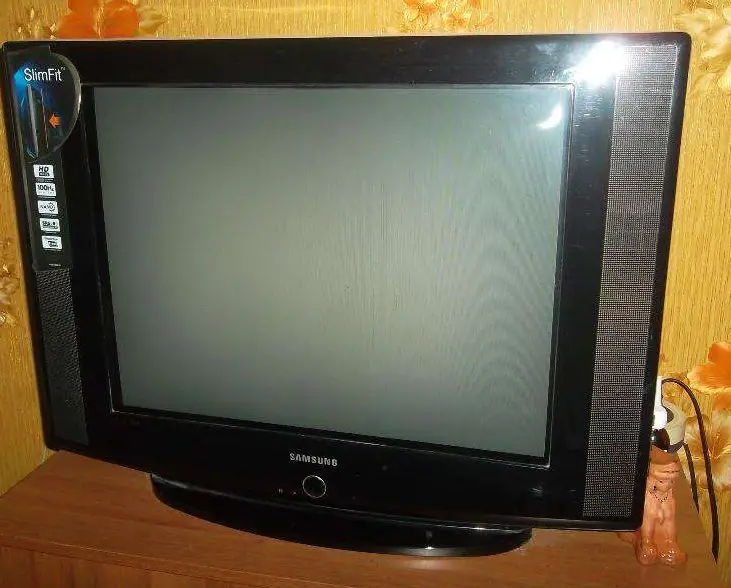
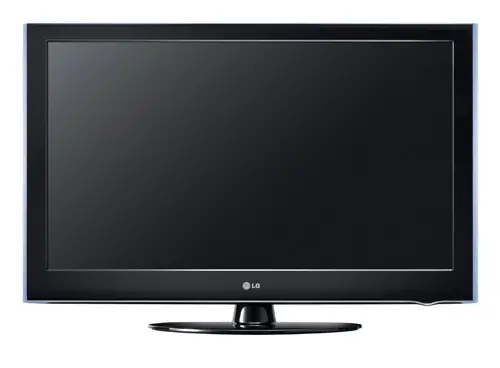
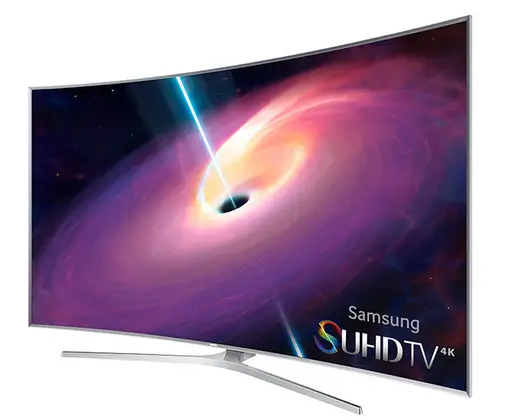




Thanks for the timeline